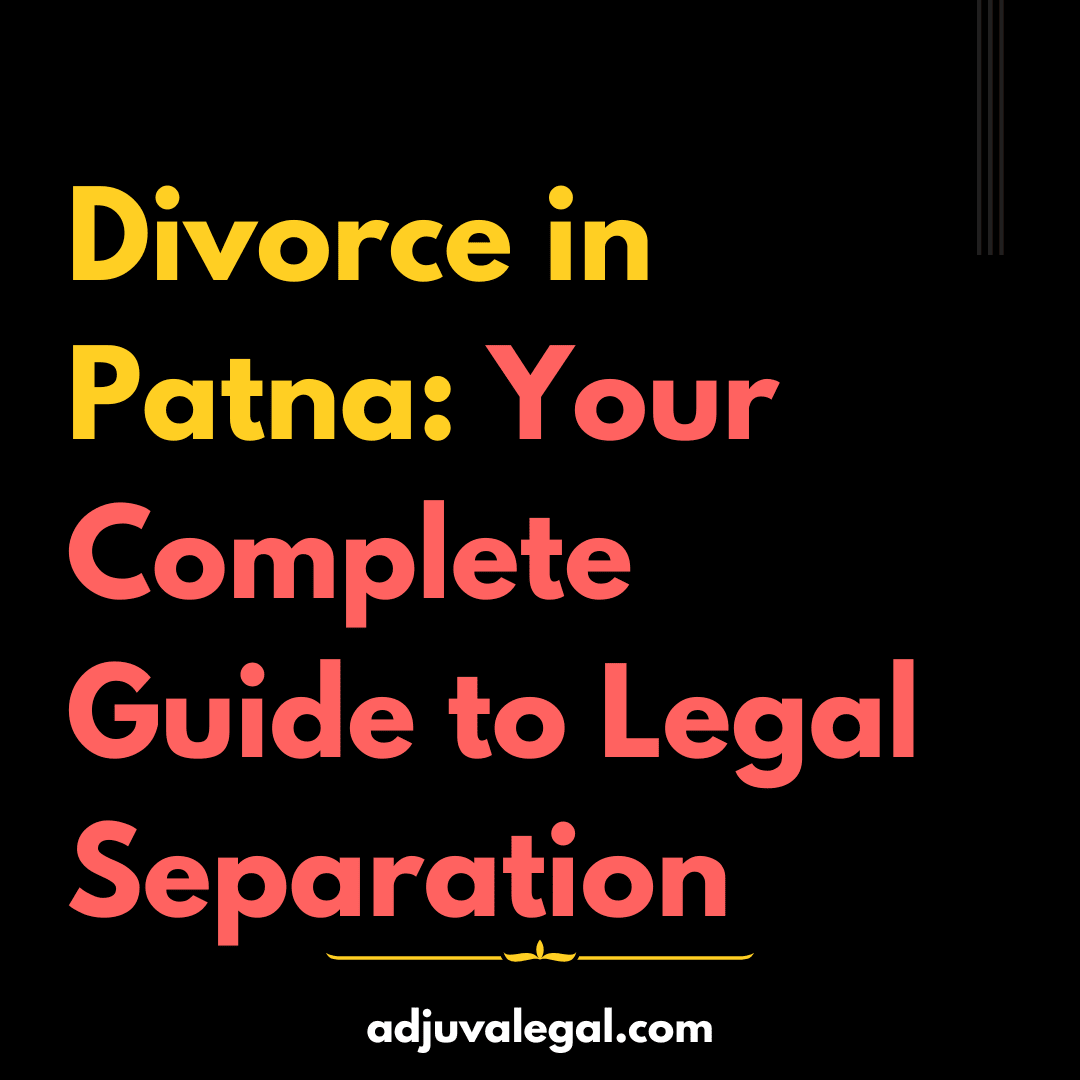The Concept of MoU
Divorce is an outcome of disputes in matrimonial bonds. A matrimonial bond is the solemnization of rights and duties between bride and groom.
In certain cases, the marriage goes through the aisle of differences between spouses for which they seek a legal solution. Divorce is a legal remedy entrusted to a couple to dissolve their marriage. There are several grounds for divorce in the Hindu Marriage Act, of 1955 including cruelty and adultery as major reasons. Moreover, in certain cases, both spouses have the willingness to dissolve the solemnization on amicable grounds.
The process of divorce on amicable grounds is stated as divorce by mutual consent in law. Consent is an essential terminology if the outcome is based on the legality or frivolous mode.
Element of Consent
A Memorandum of Understanding is an agreement enforceable by law. The essentials of agreement in the Indian Contract Act 1872 include parties, consent, competency, and lawful consideration for lawful objects.
Every other essential is annulled if a party has not rendered its consent to the other party with the same intention for the same object. The law also states that consent must be free from Coercion, Undue Influence, Fraud, Misrepresentation, and Mistakes. Sections 13 and 14 deal with the phenomenon of consent and free consent, respectively.
Section 13 states that Two or more persons are said to consent when they agree upon the same thing in the same sense. —two or more persons are said to consent when they agree upon the same thing in the same sense.”
Hence, consent must be rendered by a competent person as per sections 10 and 11 of the Indian Contract Act, of 1872. The object for which consent has been given must be the same as mentioned in the Memorandum of Understanding.
Section 13B (1) of the Hindu Marriage Act, 1955
1. a petition for dissolution of marriage by a decree of divorce may be presented to the district court.
2. by both parties to marriage together.
3. whether such marriage was solemnised before or after the commencement of the Marriage Laws (Amendment) Act, 1976.
4. on the ground that they have been living separately for a period of one year or more.
5. that they have not been able to live together.
6. that they have mutually agreed that the marriage should be dissolved.
Section 13B (2) of the Hindu Marriage Act, 1955
On the motion of both the parties made not earlier than six months after the date of the presentation of the petition referred to in subsection (1) and not later than eighteen months after the said date, if the petition is not withdrawn in the meantime, the court shall, on being satisfied, after hearing the parties and after making such inquiry as it thinks fit, that a marriage has been solemnised and that the averments in the petition are true, pass a decree of divorce declaring the marriage to be dissolved with effect from the date of the decree
Importance of a Memorandum of Understanding (MoU)
The Memorandum of Understanding refers to an agreement or settlement pact between parties. The parties in divorce include husband and wife. The MoU is a set of terms and conditions upon which the divorce is based. It is similar to a contract but does not create a right to approach the court for punishment on violation of any ground. Nonetheless, a party can sue the other party and force it to follow the terms of the MoU.
An MoU legally binds parties and creates a kind of estoppel from defying their consent. It validates the intention of parties to execute the act stated in the MoU. Terms have room for negotiations.
This agreement protects the husband from false allegations of cruelty and domestic violence under section 498A of the Indian Penal Code. It specifically includes the condition of maintenance and custody.
Conclusion
The concept of Divorce by Mutual Consent was not a part of Hindu Law since the beginning. It is an outcome of several efforts to initiate an amendment to the act. Various other homogeneous amendments were presented in the form of bills but lapsed. It is extremely common in the cases of section 13B where one party becomes hostile to its earlier statement.
One party denies the delivery of consent for the purpose of fulfilment of the promise given to undergo the procedure of divorce. Subsequently, such action goes contrary to the time valuation of the court. There are umpteenth of cases pending in courts.
Denial of consent lapses the case and leads to a waste of capital and time. Hence, the formula of MoU came to a picture where both parties agree in writing upon terms and conditions. It creates estoppel upon parties by denying the admitted conditions. Additionally, the other party can reach the court to enforce the MoU and persuade another party to adhere to the terms agreed upon.
by Khushi Shukla
Disclaimer: The opinions expressed within this article are the personal opinions of the author. The facts and opinions appearing in the article do not reflect the views of Adjuva Legal and Adjuva Legal does not assume any responsibility or liability for the same.







